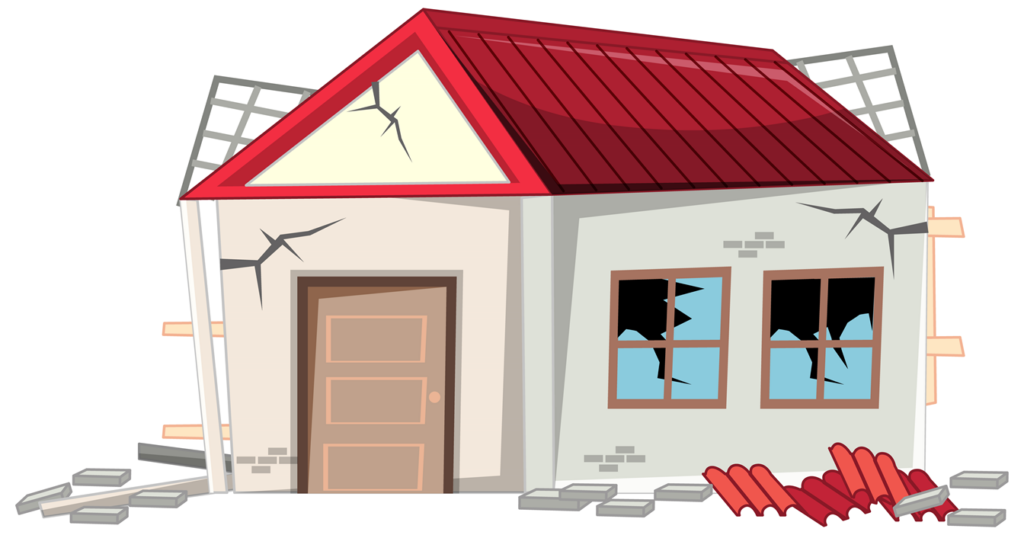
What is Subsidence, and Why Does it Matter?
Subsidence is a common geological phenomenon that refers to the gradual sinking or settling of the earth’s surface. It occurs when the ground beneath buildings or structures collapses or shifts downward, leading to potential property damage. Understanding subsidence’s causes, signs, and preventative measures is crucial for property owners.
Identifying Subsidence: Signs and Symptoms
One of the primary concerns for homeowners is how to recognise the signs of subsidence. Common indicators include:
- Cracks appear in walls, particularly near windows and doors.
- Doors and windows are harder to open and close.
- Noticeable leaning or tilting of the building.
- Uneven or sloping floors.
- Damage to external brickwork or masonry.
If you notice any of these signs, it’s essential to seek professional advice promptly to assess the extent of the issue and determine appropriate action.
Causes of Subsidence: Understanding the Underlying Factors
Subsidence can result from various natural and human-induced factors, including:
- Natural Factors: This includes geological processes such as the dissolution of underground rocks, erosion, and soil compaction.
- Human Activities: Construction work, excavation, mining activities, and groundwater extraction can all contribute to subsidence by altering the stability of the ground.
Understanding the specific cause of subsidence in your area can help you to implement effective preventative measures.
Preventing Subsidence: Tips for Homeowners
While some causes of subsidence may be beyond your control, there are steps you can take to reduce the risk:
- Maintain Adequate Drainage: Ensure proper drainage around your property to prevent water from accumulating and softening the soil.
- Tree Management: Plant trees and large shrubs away from buildings and regularly monitor existing vegetation to prevent roots from affecting the stability of the ground.
- Monitor Changes: Regularly inspect your property for signs of subsidence and address any issues promptly to prevent further damage.
Subsidence Insurance: Understanding Your Coverage
Subsidence insurance provides financial protection against damage caused by subsidence, heave, or landslides. It typically covers the cost of subsidence repair, structural damage and stabilising the ground. However, reviewing your policy carefully is essential to understand the extent of coverage and any exclusions, such as subsidence excess.
Exploring Subsidence Excess
Subsidence excess refers to the amount you, as the policyholder, are responsible for paying for subsidence-related claims. It is usually set as a fixed amount or a percentage of the total claim value. Understanding your policy’s excess provisions can help you make informed decisions when selecting insurance coverage.
Selling a House with Subsidence: What You Need to Know
If you’re considering selling a property with a history of subsidence, it’s crucial to disclose this information to potential buyers, in order to avoid any legal issues. However, selling a house with subsidence is possible with proper documentation and evidence of repairs or mitigation measures.
In conclusion, subsidence is a significant concern for homeowners, but the risks can be mitigated with awareness, taking preventative measures, and appropriate insurance coverage. By understanding the causes, signs, and insurance options related to subsidence, homeowners can protect their properties and make informed decisions to safeguard their investment.
